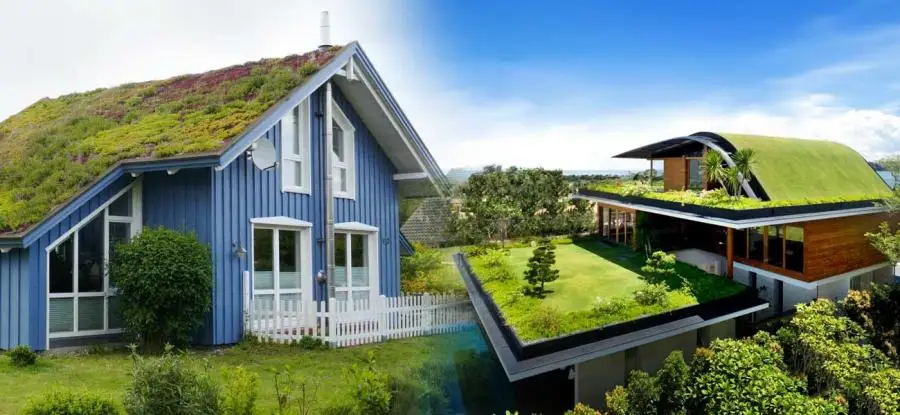
Examples of sustainable storm water management practices in urban areas
By John Cee Onwualu (FNSE, FNICE, FNIWE, P.E., R.ENG)

Urbanization and development often result in changes to natural land surfaces, leading to increased impervious surfaces and reduced vegetation.
This alteration leads to higher volumes of rainwater runoff, which can overwhelm urban drainage systems and lead to flooding, erosion, and pollution.
To manage these impacts, sustainable stormwater management practices that mimic natural processes are necessary. Here are three examples of such practices:
Green Roofs
Green roofs are designed to replicate natural ecosystems by adding vegetation to rooftops. They help to regulate stormwater runoff by absorbing and retaining rainwater, thereby reducing the volume and velocity of stormwater runoff that enters the drainage system.
Green roofs also provide other benefits, such as reducing urban heat island effects, improving air quality, and enhancing biodiversity.

Bioretention cells
Bioretention cells are gardens or plant beds that are designed to capture, store and filter stormwater runoff. They use soil, plants, and microbes to slow down and treat runoff before the water enters the drainage system.
Bioretention cells are effective in removing pollutants from stormwater, such as nitrogen, phosphorus, and particulate matter

Permeable Pavement
Permeable pavement is designed to allow stormwater to infiltrate into the soil, mimicking the natural water cycle.
Permeable pavement is made of porous materials that allow rainfall to pass through, thereby reducing the volume and rate of runoff. It helps to prevent flooding and erosion by storing and slowly releasing stormwater back into the environment.

Works Cited
Alshammari, E. et al., 2023. The Impacts of Land Use Changes in Urban Hydrology, Runoff and Flooding: A Review. In: E. Alshammari, et al. eds. Current Urban Studies. Malaysia: Scientific Research Publishing Inc., pp. 120-141.
Bibi & Sambeto, T., 2022. Modeling Urban Stormwater Management in the Town of Dodola based on Land-use and Climate Change using SWMM 5.1. Journal of Hydrology: Regional Studies, Volume 44.
Hale, R. L., 2016. Spatial and Temporal Variations in Local Stormwater Infrastructure Use and Stormwater Management Paradigms over the 20th Century. Urban Drainage and Urban Stormwater Management, 8(7).
Li, L. et al., 2021. The Effect of Urban Land-Use Change on Runoof Water Quality: A Case Study in Hangzhou City, Hangzhou City: Environmental Research and Public Health.
Wu, J. et al., 2013. Using the Storm Water Management Model to predict Urban Headwater Stream Hydrological response to Climate and Land cover change. Hydrology and Earth System Sciences, 17(12), pp. 4743-4758.